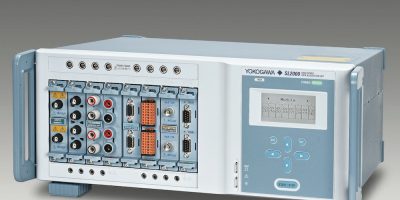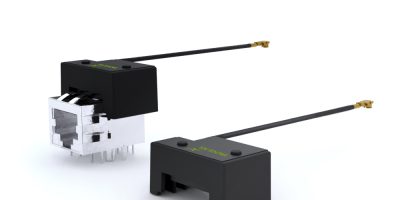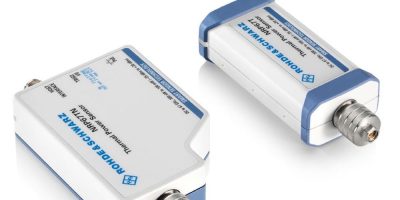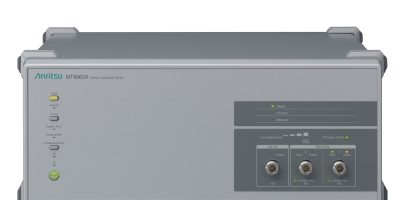Yokogawa Test & Measurement has announced the release of the SL2000 High-Speed Data Acquisition Unit, a ScopeCorder series product with a wide range of data logging functionalities for evaluation and test applications, including high-speed sampling and analysis. The SL2000 is a modular platform that combines the functions of a mixed signal oscilloscope and a data acquisition recorder, and is designed to capture fast signal transients and long-term trends. It is suitable for applications such as R&D, validation, and troubleshooting.
The SL2000 can be used separately or in combination with the DL950 ScopeCorder, depending on the application. With the ScopeCorder product family, Yokogawa provides a multifaceted, total solution for the high-precision mechatronics and electric power markets that is contributing to the advancement and development of new technologies and applications.
In the four years since the DL950 ScopeCorder was first brought to the market by Yokogawa, there have been many technical advances in the electric vehicle (EV), renewable energy, and other industrial fields. Today, there is an ever-greater requirement for the capability to simultaneously measure multiple parameters and for the systemisation of mechatronic measurements in product development. For example, in the development of motors for industrial and EV systems, one essential test for checking and improving a product is the durability test. This test takes a long time to complete and requires a highly reliable measuring instrument and high sampling rates.
The SL2000 performs long-duration multi-channel measurements while precisely analysing even the most detailed aspects of waveforms. With its dual capture function, the SL2000 can perform measurements over long periods of time at speeds of up to 200 MS/s. And in situations where post-processing is required on a PC following measurement, the main unit can continue to perform measurements and has a function that allows calculations to be performed in real time. This shrinks takt time – the calculated pace at which completed units must come off the production line.
By using the integrated measurement software IS8000, it is easier to perform the long-term measurements required for durability testing, helping to improve the efficiency of product design and evaluation work. In addition, isolation measurement technology ensures the noise resistance required for durability testing in harsh environments.
The SL2000 has eight available slots (with up to 32 channels), for which over 20 types of input modules are available to enable measurements of electrical signals, mechanical performance parameters indicated by sensors, and decoded vehicle serial bus signals. To increase the number of measurement channels, up to five SL2000 and DL950 units can be synchronised.
Major Target Markets
• Transportation (automotive, rail, aviation, etc.)
• Power and energy (renewable energy, smart cities/homes, data centres, etc.)
• Mechatronics, including industrial robots and motors
https://tmi.yokogawa.com







